Creating an online learning strategy for 2020 is not enough. The foundation of the educational world is shifting, permanently altering the landscape of learning. When the dust from the fallout of COVID-19 finally settles, we can expect a reassessment of educational protocols. A new normal will be established, incorporating many of the digital stopgaps that have seen educators and students through the COVID era. To stay a step ahead, now is the time to develop a post-COVID online learning strategy.
A Digital Pivot
Globally, upwards of 1.2 billion children in 186 countries have been affected by COVID-19 school closures — about 70% of the global student population. In America, 47.9 million students have been impacted. The shift to online or hybrid programs has been swift and challenging. While the education technology industry in the U.S. exceeded $13 billion in 2017, access is not universal. The dramatic impact of COVID-19 forced schools to change rapidly, without training or existing resources. Many schools were not prepared to make this drastic change so quickly, and are creating their programs as they go.
Numerous Digital Advantages
The benefits of digital learning are clear. In addition to bolstering the digital literacy skills that are critical to future success, Digital Experiential Learning (DExL) increases retention rates. Research indicates that students retain between 25% and 60% of what they learn online, compared to 8%-10% of what they learn in a classroom. The high retention rates of e-learning are complemented by the scalability of digital learning systems. Without the restrictions of classroom space, textbooks and other physical resource limits, lessons can be easily distributed to large numbers of learners at one time.
Online learning is efficient in other ways as well. IBM found that e-learning increases the rate of learning by a factor of five without increasing the amount of time spent in class. Unlike classroom-based classes, digital platforms offer real-time assessments to provide immediate feedback and ensure that students don’t slip through the cracks.
Digital Experiential Learning
The shift towards Digital Experiential Learning (DExL) has been well underway for decades. The e-learning market is as old as Google — 22 years old — and has grown in scope and sophistication since the term “e-learning” was first coined in 1998. Distance learning now includes both 2D simulation-based training and 3D virtual reality — a feature offering benefits comparable to hands-on learning. As far back as 2013, 46% of students globally had taken an online course in the preceding year. That number is hovering around 49% today, and there is no sign of this trend reversing or slowing down.
Digital Experiential Learning (DExL) is the next generation of e-learning. Digital learning or e-learning covers everything from a digitized textbook to videos. Digital Experiential Learning (DExL) goes beyond using 2D tools to illustrate information, offering a more interactive format. It is a more immersive online learning experience that is as lifelike as possible, often placing learners into interactive virtual environments. Examples of this can be seen in everything from manufacturing to skilled trades programs, where learners use technology to practice challenging and dangerous tasks in a safe environment without access to the physical equipment. This type of learning is scalable and well-suited for job-readiness training in essential industries.
Digital Transformation
The current focus on e-learning in academic settings is understandable, but this is only one of the areas where digital learning adoption rates are skyrocketing. Corporate e-learning increased 900% between 2001 and 2017, and companies that offer employee education programs report higher employee retention, higher employee engagement and higher profit margins. In a year where global markets have been roiled by a pandemic, tech companies have been the big winners, and online education is one of the few market sectors where investment is still flowing freely. Around the world, online learning markets are growing at rates that outstrip overall economic growth, with digital learning solutions closing gaps in everything from manufacturing to agriculture.
COVID-19 is the genesis of digital transformation for many things, including education. The digital learning systems and processes put in place today are not merely a stopgap solution. While we are still dealing with many changes and challenges, all indicators point to current educational trends continuing as we find some sort of stability — a new normal. The value of Digital Experiential Learning (DExL) will continue to be proven in the coming months as the results of this global educational shift are revealed. Institutions that fail to adopt an online learning strategy may find themselves struggling to keep up as education moves into the digital age.








